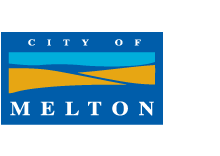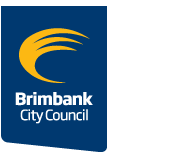A new book explores the nexus – and sometimes clash – between climate change and urban planning. Resilience-Oriented Urban Planning: Theoretical and Empirical Insights, edited by Yoshiki Yamagata and Ayyoob Sharifi, has just been published by Springer as part of its Lecture Notes in Energy series. It contains a chapter on WAGA’s ‘How Well Are We Adapting?’ tool to track progress on adaptation and resilience by local governments, written by Susie Moloney and Heather McClaren.
The book can be accessed through Springer here.
Chapter 4 on ‘How Well Are We Adapting’ provides a thorough explanation of the purposes of the tool and WAGA’s approach to developing it. The authors also discuss the wide-reaching benefits of monitoring and evaluating adaptation – beyond a ‘tick box’ approach to assessing projects on their completion. Susie Moloney was a lead researcher working on ‘How Well Are We Adapting’, from RMIT University, WAGA’s partner in the project. Heather McClaren was the project officer who led the tool’s development.
The book will be useful for planners but also sustainability practitioners looking to understand the interface between urban planning, climate change mitigation, adaptation and resilience. Apart from the chapter on ‘How Well Are We Adapting’, there are also deep explorations of other specific approaches including the Covenant of Mayors. The case studies are international but contain universal lessons.
Here’s a list of chapters (plus my comments) to help you see whether you’d like to read further.
- Resilience-oriented urban planning – This is a thorough introduction to the topic.
- Resilience matrix for comprehensive urban resilience planning – An approach to risk management by USA federal agencies.
- Urban informality and planning: challenges to mainstreaming resilience in Indian cities
- Designing a ‘fit for purpose’ approach to tracking progress on climate change adaptation and resilience: learning from local governments in Australia – This is the ‘How Well Are We Adapting’ case study.
- European municipalities engaging in climate change mitigation and adaptation networks: examining the case of the Covenant of Mayors
- Barcelona experience in resilience: an integrated governance model for operationalizing urban resilience
- Resilience concepts and planning realities: how Quy Nhon is becoming a resilient city by integrating climate change adaptation in master plans – Quy Nhon is a city in Central Vietnam.
- When a disaster risk reduction policy fails in the implementation stage: eroding community resilience and traditional architecture in Iranian villages
- Resilient urban form: a conceptual framework
- Prospects for urban morphology in resilience assessment – This considers how to develop an effective framework to understand and assess resilience using data on physical attributes of a city, integrated with social and economic data. It may be useful reading for councils wanting to target specific areas or communities with adaptation measures such as heat mitigation.
- Is connectivity a desirable property in urban resilience assessments? – Connectivity here means natural/ecosystem and physical connectivity but also social, technical and economic flows and connections.
- Spatially explicit land-use modelling for assessing climate-resilient sustainable urban forms – This may or may not be particularly relevant to Victorian councils, as it focuses on the need for ‘urban shrinkage’ in some developed cities facing population decrease – not exactly our problem here.
WAGA would welcome your review of this book – and any others you think our readers may find useful in their work.








